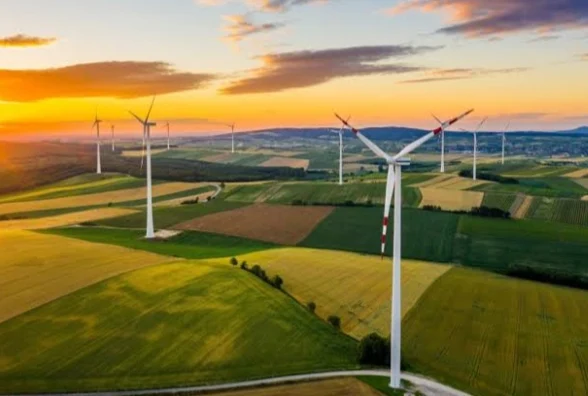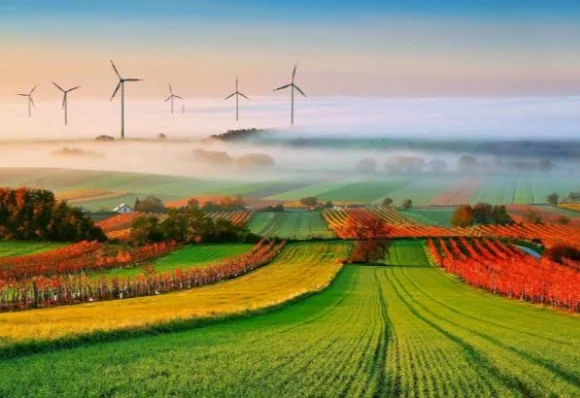The wind is at our backs: Trends in wind energy
The trend for wind energy is undeniably positive, with continued growth and increasing importance in the global energy mix.
Here are some key points to highlight:
Rapid growth:
- Capacity: Since 2000, global wind generation capacity has increased by a staggering 98 times, reaching 733 GW by 2018. This trend shows no signs of slowing down, with forecasts predicting a compound annual growth rate (CAGR) of 6.5% until 2030.
- Production: Wind power production has also seen significant growth, increasing by a factor of 5.2 between 2009 and 2019, reaching 1412 TWh. In 2022 alone, wind electricity generation saw a record-breaking increase of 265 TWh.
Growth of Wind Energy in the Last 4 Years (2020-2023)
The global wind energy sector has continued to experience impressive growth in the past four years.
Here's a table summarizing the key figures:
| Year | Global Wind Power Capacity (GW) | Annual Growth (%) | Global Wind Power Generation (TWh) | Annual Growth (%) |
|---|---|---|---|---|
| 2020 | 742 | - | 1412 | - |
| 2021 | 831 | 12% | 1610 | 14% |
| 2022 | 942 | 13% | 1875 | 16% |
| 2023 (Projections) | 1060 | 13% | 2140 | 14% |
Sources:
- Global Wind Energy Council (GWEC): https://gwec.net/
- REN21: https://www.ren21.net/reports/global-status-report/
Additional points to consider:
- While overall growth remains positive, the rate of growth may be slowing down slightly compared to previous years.
- Offshore wind is experiencing particularly strong growth, with capacity expected to double by 2025 compared to 2020.
- Emerging economies like China and India are now major players in wind energy, driving significant market expansion.
- Technological advancements in turbine design and grid integration are contributing to cost reductions and improved efficiency.
Outlook of Wind Energy
Shifting landscape:
- Offshore: While onshore wind farms remain dominant, offshore wind is experiencing explosive growth, driven by advancements in technology and favorable policies.
- Emerging markets: Traditionally, Europe and North America led the charge in wind energy. However, countries like China, India, and Brazil are now rapidly expanding their wind capacity, contributing to the global boom.
Technological advancements:
- Larger turbines: Newer turbines boast larger rotor diameters and higher capacities, leading to increased energy production per installation.
- Advanced materials: Composite materials and lighter blades are making turbines more efficient and cost-effective.
- Grid integration: Innovations in energy storage and smart grid technologies are improving the ability to integrate wind power into the grid more seamlessly.
Future outlook:
- Key driver of decarbonization: Wind energy is widely recognized as a crucial player in achieving net-zero emissions goals. As countries become more ambitious in their climate commitments, wind is expected to see further acceleration.
- Economic benefits: Wind energy creates jobs, boosts local economies, and enhances energy security. These factors will continue to drive its adoption.
Challenges remain:
- Grid infrastructure: Upgrading and expanding the grid is crucial to accommodate the increasing share of wind power.
- Social acceptance: Public perception and siting challenges need to be addressed for smooth development.
- Policy support: Sustained government policies and incentives are essential for continued growth.
The wind energy sector is on a positive trajectory, driven by technological advancements, economic benefits, and environmental urgency. While challenges exist, the trend is clear: wind is playing an increasingly vital role in shaping a sustainable energy future.


